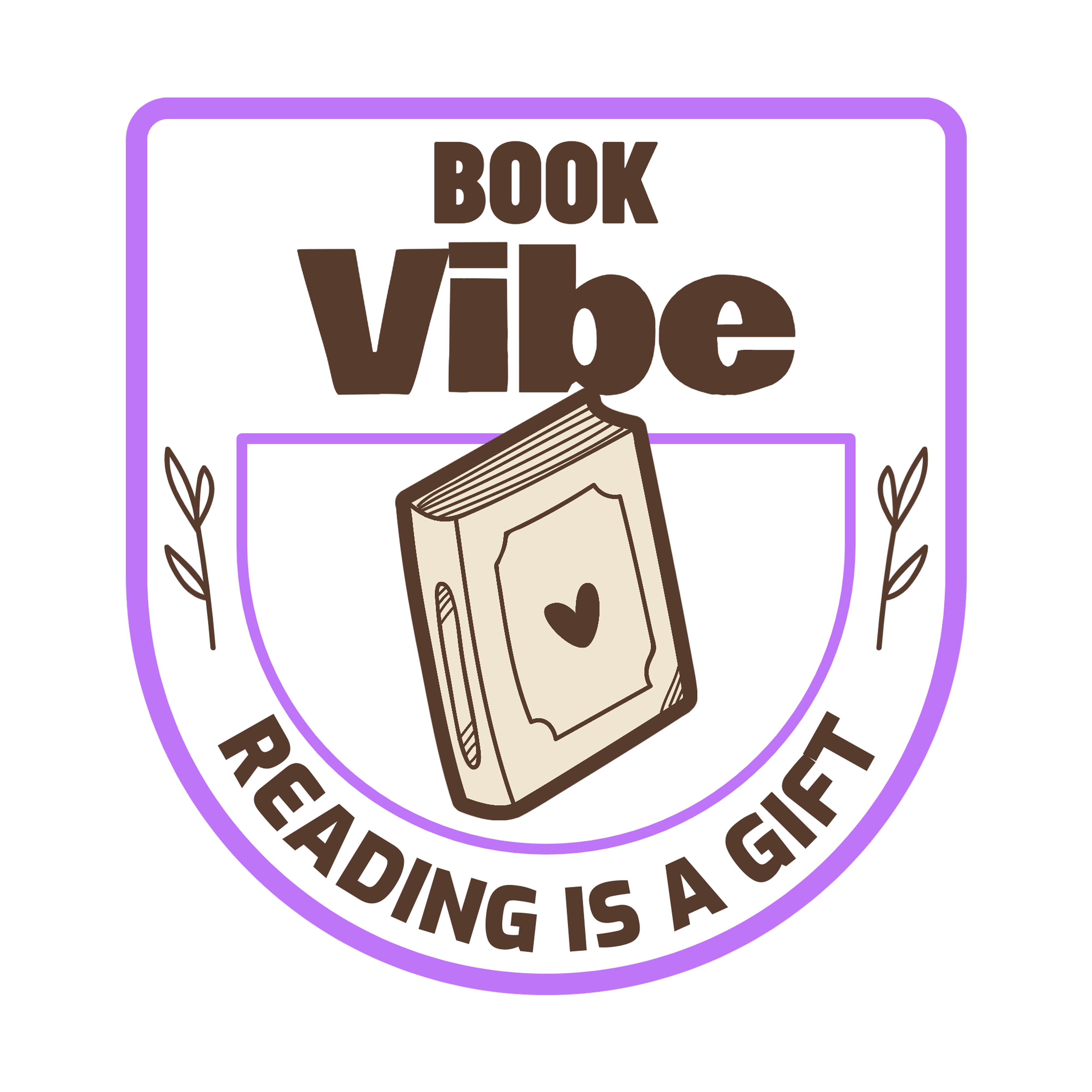Once upon a time, book promotion meant glossy posters, bookstore tours, and printed reviews in literary magazines. Now? One viral video can sell thousands of copies overnight. Platforms like TikTok and Bookstagram—Instagram’s literary corner—have transformed the way people read, recommend, and even write books. The modern publishing industry, traditionally slow-moving and structured, is being rewritten in real time.
From Overviews to Movements
TikTok doesn’t just recommend books; it creates cultural waves. A single 30-second video—someone crying over a plot twist, for example—can trigger a global reading frenzy. This wave spreads through friends, acquaintances, and even strangers on platforms like Callmechat and similar platforms, from person to person, from post to post. One of the most famous cases was “It Ends With Us” by Colleen Hoover, which topped bestseller lists years after its release, thanks entirely to BookTok readers.
This form of promotion relies less on polished ads and more on raw emotion. Readers film themselves reacting, annotating, or unboxing. Publishers, observing the organic buzz, now send advance copies to influencers rather than critics. What used to be a private reading experience has become a public, shareable event.
By contrast, Bookstagram focuses on the visual—the aesthetics of reading. Perfectly arranged flat-lays of hardcovers, candles, and coffee cups dominate feeds. While TikTok is fast and emotional, Bookstagram is slow and curated. Yet both platforms converge in one crucial way: they make reading visible and aspirational again.
The Rise of the “Viral Author”
For decades, breaking into publishing required an agent, a polished manuscript, and a great deal of luck. Now, a new route has emerged—the viral route. Authors like Alex Aster (Lightlark) or Olivie Blake (The Atlas Six) gained massive attention online before signing with major publishers.
TikTok has turned the power dynamic upside down. The audience decides what’s marketable. Publishers, once gatekeepers, now chase trends set by readers. In a survey, 74% of young readers admitted they bought a book solely because they saw it trending on TikTok. That’s not marketing—it’s momentum.
And this shift has changed what gets published. Emotional storytelling, fantasy romance, and morally gray characters dominate the charts because that’s what the algorithm favors. Niche genres like sapphic fantasy or cozy mystery have found global audiences that publishers once dismissed as “too small.”
A New Kind of Book Marketing
Modern publishing strategies have adapted quickly. Instead of lengthy press releases, publishers now invest in micro-influencers—accounts with 5,000 to 20,000 followers who maintain genuine trust with their communities.
Some publishing houses have even created dedicated “BookTok teams.” Their task: analyze trends, predict which tropes will explode next, and design covers tailored for the screen. Bold fonts, vibrant colors, and emotional taglines now dominate design decisions.
Traditional media still matters, but it’s no longer the main stage. A TikTok review with a few thousand likes can outperform a national newspaper article. Marketing has become decentralized—and that decentralization has made it democratic.
Readers as Influencers, Communities as Publishers
The most fascinating change is how readers themselves have taken control of the publishing narrative. They no longer passively consume stories; they build networks, create fan art, and host live discussions. Hashtags like #bookrecommendations, #currentread, or #aestheticbook function as grassroots marketing engines.
In a sense, every reader is now a potential publicist. Book clubs on TikTok gather thousands of participants. Some organize group reads with live commentary, mimicking reality TV formats. The act of reading—once solitary—is now interactive.
Even smaller authors can benefit. Self-published writers use TikTok to reach niche audiences directly. According to a 2024 indie publishing report, self-published authors’ sales increased by 40% in categories popular on BookTok. What once required massive budgets now depends on a few authentic clips and a resonant story.
The Challenges Behind the Hype
Of course, not everything is perfect. The virality model favors trends over longevity. Books that don’t fit a “shareable” mold—academic works, literary essays, or poetry—struggle to gain traction. The algorithm rewards emotion, not complexity.
Moreover, the speed of online fame can overwhelm authors. Sudden visibility brings pressure to produce sequels fast, to maintain momentum, to perform as much as to write. Publishing has become a form of digital theater, where creativity and marketing are intertwined.
The Future: Hybrid Publishing and Human Connection
Looking ahead, the line between traditional and digital publishing will blur further. Publishers are learning from creators, creators are learning from marketers, and readers are shaping it all. Some experts predict hybrid models, where authors release serialized stories online before turning them into full novels. Others envision AI-assisted curation, where algorithms match readers to stories more precisely.
Yet, at its core, the phenomenon reflects something timeless: the love of storytelling. Whether whispered across campfires or shared through fifteen-second videos, humans crave connection through narrative. TikTok and Bookstagram haven’t changed that—they’ve simply updated the medium.
And perhaps that’s the most poetic twist of all. In an era dominated by screens, these platforms have brought people back to books. Not dusty relics, but living, breathing worlds rediscovered one scroll at a time.
